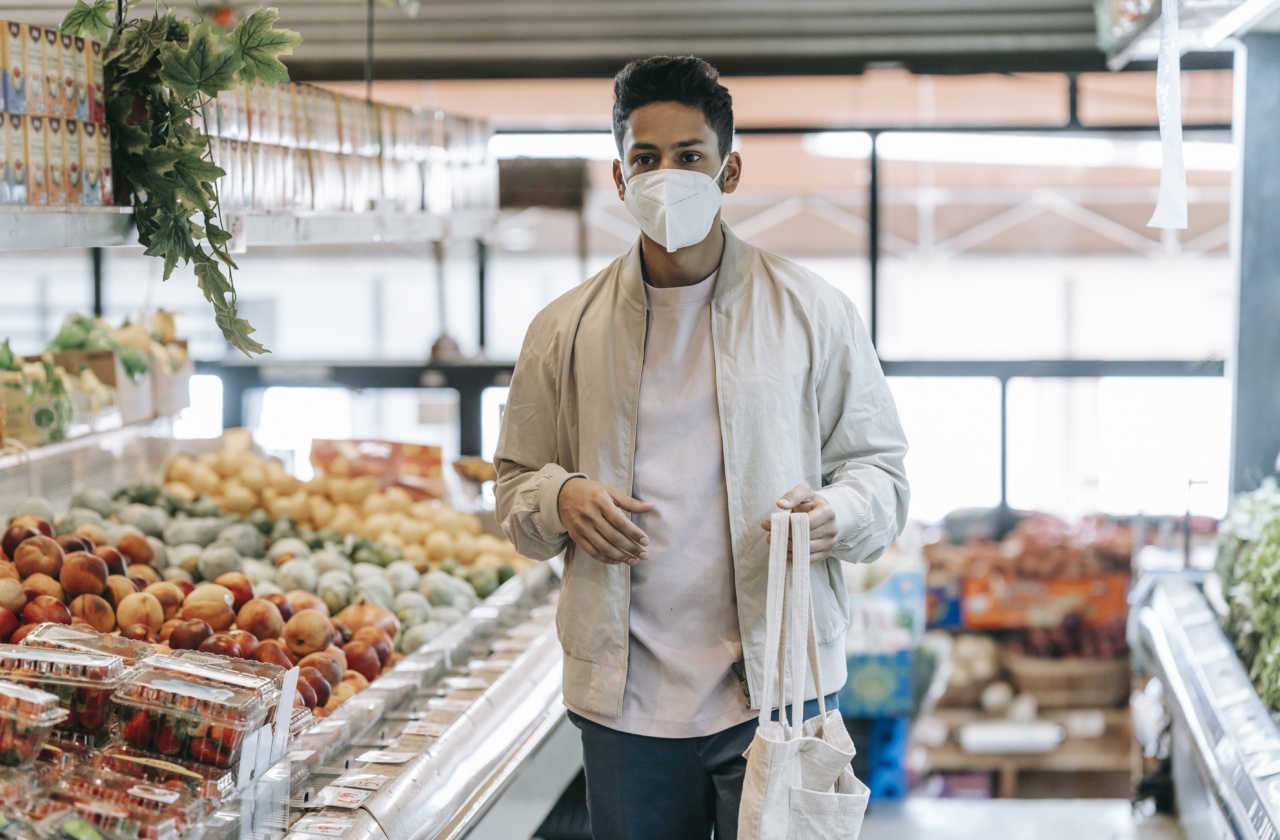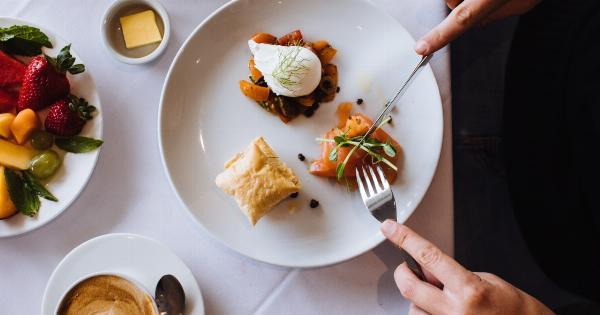Be Safe with Chicken: Tips to Prevent Food Poisoning
Chicken is a popular and versatile meat that can be cooked and enjoyed in many different ways. However, if it’s not handled and cooked properly, it can also be a source of food poisoning.
In this article, we’ll share some tips on how to prevent food poisoning when preparing chicken.
Before handling raw chicken, it’s important to wash your hands thoroughly with soap and warm water. You should also wash any utensils or surfaces that will come into contact with the chicken.
This will help to prevent the spread of bacteria that can cause food poisoning.
Don’t wash the chicken
Contrary to popular belief, washing raw chicken before cooking it will not remove bacteria and can actually increase the risk of contamination.
When you wash chicken, you can spread harmful bacteria, such as salmonella and campylobacter, onto your hands, clothes, and kitchen surfaces. The heat from cooking will kill any bacteria on the chicken, so there is no need to wash it beforehand.
Store chicken properly
When storing chicken, it’s important to keep it refrigerated at a temperature below 40°F. Raw chicken should be stored on the bottom shelf of the refrigerator to prevent any juices from dripping onto other foods.
It’s also a good idea to place the chicken in a leak-proof container or wrap it tightly in plastic wrap or aluminum foil to prevent any bacteria from spreading.
Thaw chicken safely
When thawing frozen chicken, it’s best to do so in the refrigerator. This allows the chicken to thaw slowly and evenly, which will result in a better texture.
However, if you’re short on time, you can also thaw chicken in the microwave or by placing it in a sealed plastic bag and immersing it in cold water. Never thaw chicken at room temperature, as this can allow bacteria to grow.
Cook chicken to the right temperature
Cooking chicken to the right temperature is crucial to ensuring that any bacteria on the chicken are killed. The internal temperature of the chicken should reach 165°F when tested with a meat thermometer.
Remember to insert the thermometer into the thickest part of the chicken, away from any bones or fat. It’s also important to let the chicken rest for a few minutes before slicing or serving it.
Avoid cross-contamination
Cross-contamination can occur when raw chicken comes into contact with other foods, either directly or indirectly. To avoid this, it’s important to use separate cutting boards, utensils, and dishes for chicken and other foods.
You should also wash your hands and surfaces thoroughly after handling raw chicken.
Follow cooking instructions carefully
When cooking chicken, it’s important to follow the cooking instructions carefully. This is especially true when using pre-packaged chicken, as it may contain cooking instructions that differ from what you’re used to.
Always check the packaging for instructions on cooking time and temperature.
Don’t leave cooked chicken out for too long
After cooking chicken, it’s important to refrigerate any leftovers within two hours. Leaving cooked chicken out at room temperature for too long can allow bacteria to grow and cause food poisoning.
If you plan on reheating leftovers, be sure to do so to 165°F.
Be aware of signs of food poisoning
Despite your best efforts, there is still a chance that you may become sick from eating contaminated chicken.
If you experience symptoms such as nausea, vomiting, diarrhea, or fever within a few hours to a few days of eating chicken, it’s important to seek medical attention and report your symptoms to your healthcare provider.
Conclusion
By taking the necessary precautions when handling and cooking chicken, you can greatly reduce your risk of food poisoning.
Remember to always wash your hands and utensils, store chicken properly, cook it to the right temperature, and avoid cross-contamination. With these tips, you can enjoy delicious and safe chicken meals with your family and friends.



























